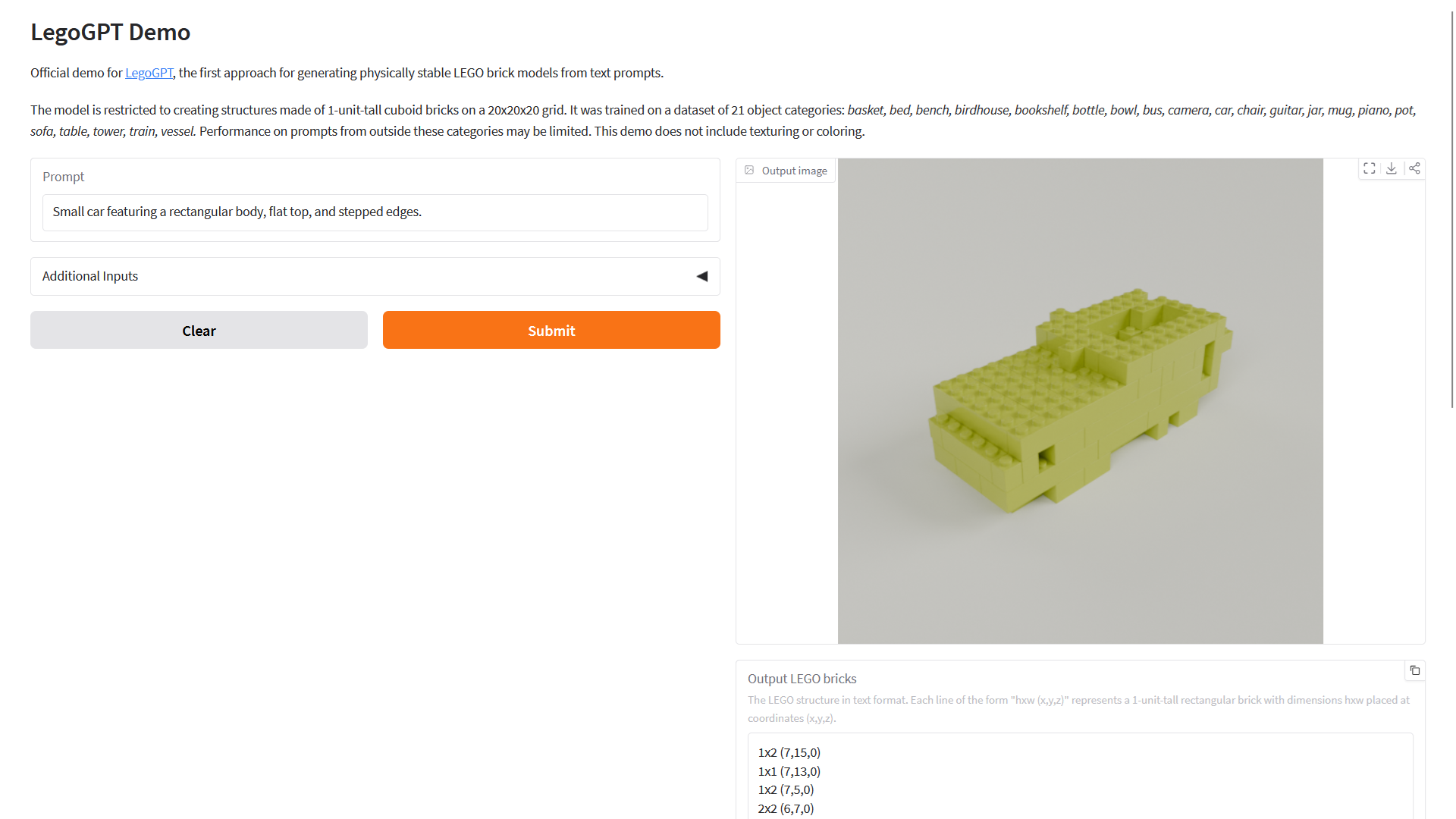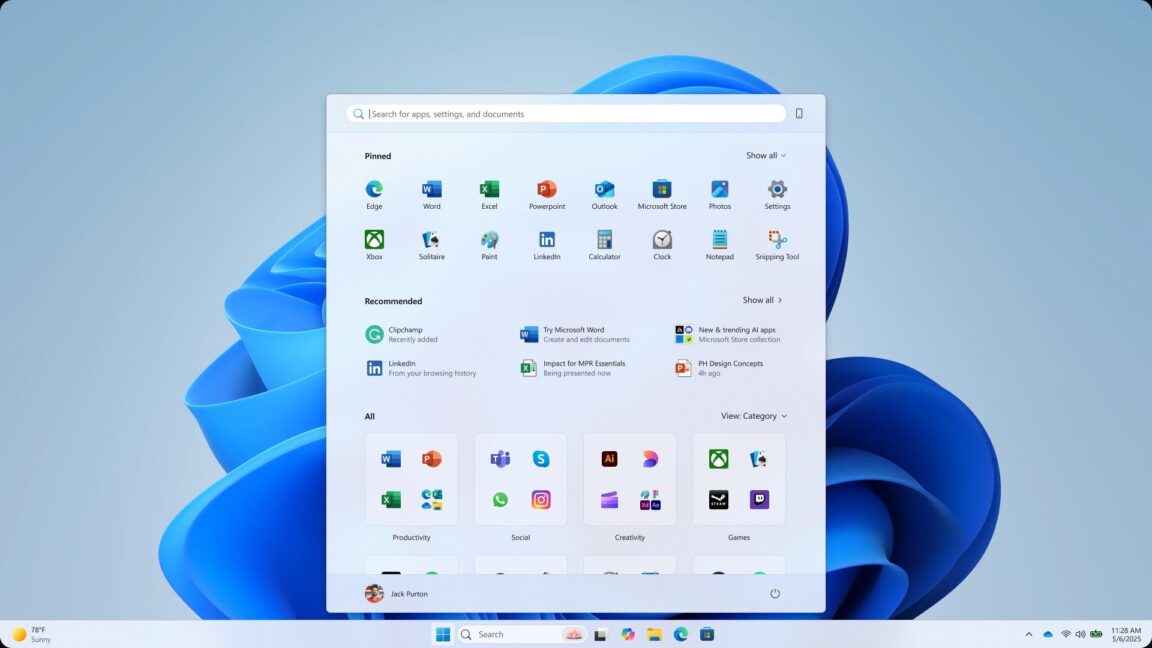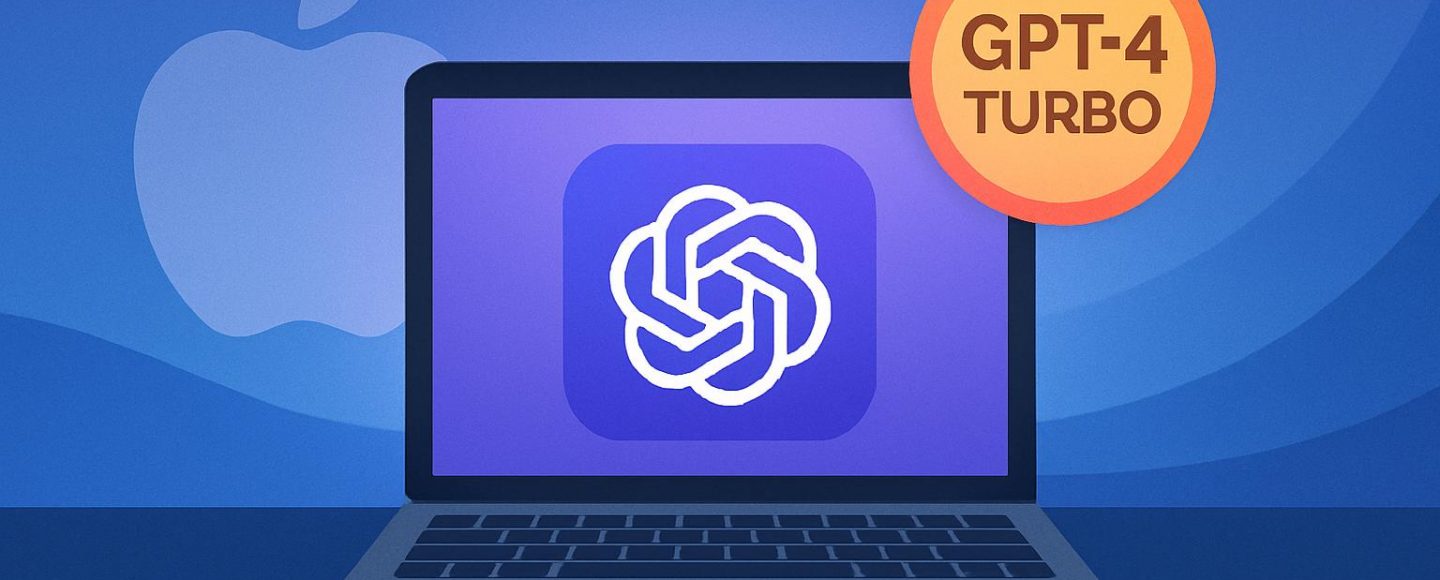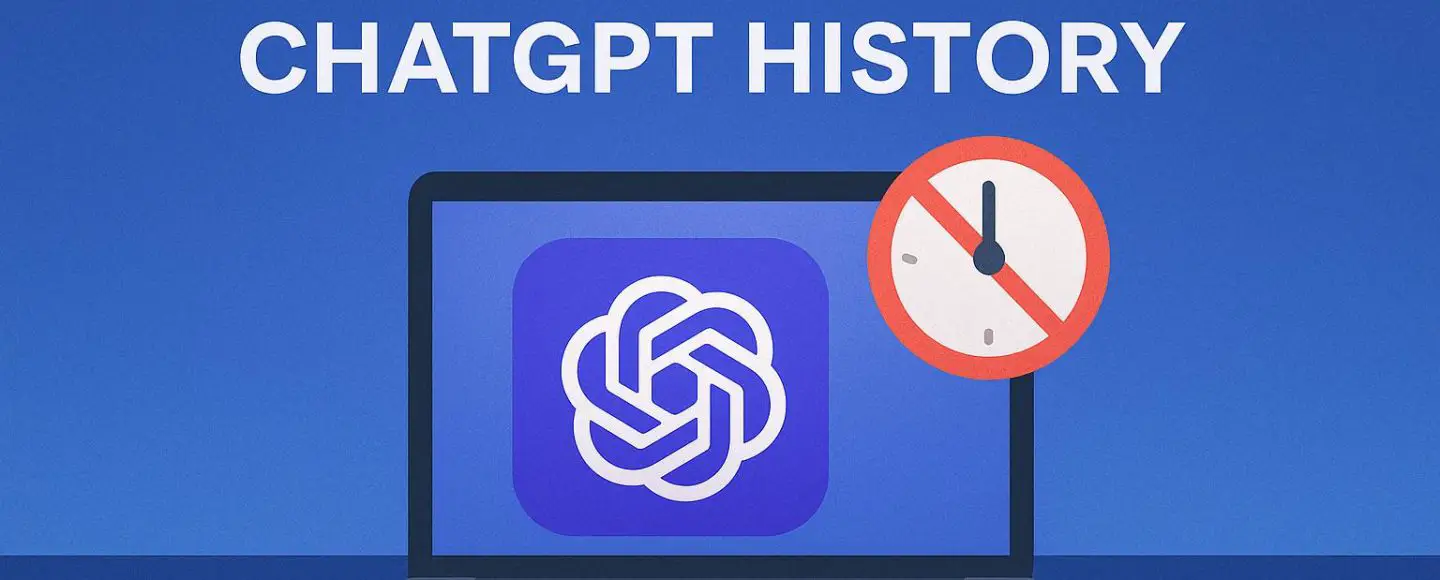Windows Ancillary for WinSock 0-Day Vulnerability Let Attackers Escalate Privileges
Microsoft has patched an actively exploited zero-day vulnerability in the Windows Ancillary Function Driver for WinSock (afd.sys) as part of its May 2025 Patch Tuesday release. Tracked as CVE-2025-32709, this “use-after-free” vulnerability allowed attackers to elevate privileges and gain administrator access to compromised systems. Security experts are urging organizations to prioritize patching this vulnerability immediately, […] The post Windows Ancillary for WinSock 0-Day Vulnerability Let Attackers Escalate Privileges appeared first on Cyber Security News.
.png?#)
Microsoft has patched an actively exploited zero-day vulnerability in the Windows Ancillary Function Driver for WinSock (afd.sys) as part of its May 2025 Patch Tuesday release.
Tracked as CVE-2025-32709, this “use-after-free” vulnerability allowed attackers to elevate privileges and gain administrator access to compromised systems.
Security experts are urging organizations to prioritize patching this vulnerability immediately, as exploitation has already been detected in the wild.
Vulnerability Details
The Windows Ancillary Function Driver for WinSock is a critical kernel mode driver responsible for the Winsock TCP/IP network protocol implementation.
Located in the Windows System32/drivers directory, afd.sys is essential for network connectivity, as its absence would prevent the DHCP Client from starting and block all network connections.
CVE-2025-32709 is one of five zero-day vulnerabilities addressed in Microsoft’s May 2025 security updates.
While rated as “Important” rather than “Critical,” the active exploitation status makes this vulnerability particularly concerning. The flaw specifically involves a use-after-free memory corruption issue that allows authenticated attackers to elevate their privileges locally.
Unlike remote code execution vulnerabilities, this exploit requires the attacker to already have access to the target system. However, once exploited, it allows the attacker to escalate from standard user privileges to administrator or SYSTEM level access.
This type of privilege escalation is particularly valuable in multi-stage attacks where initial access might be gained through phishing or other methods.
Security researchers warn that it’s only a matter of time before the exploit code becomes widely available, which could lead to more widespread attacks targeting unpatched systems.
Mitigations
The vulnerability affects all currently supported Windows desktop and server systems. Microsoft has released patches as part of its regular monthly update cycle on May 13, 2025.
System administrators are strongly advised to:
- Apply the May 2025 security updates immediately
- Prioritize this patch for internet-facing and critical systems
- Monitor for signs of compromise, as the vulnerability has already been exploited
- Implement principle of least privilege across networks to limit the impact of privilege escalation attacks
This vulnerability is particularly concerning as it joins other actively exploited zero-days in the May update package targeting the Microsoft Scripting Engine and Windows Common Log File System Driver.
Vulnerability Attack Simulation on How Hackers Rapidly Probe Websites for Entry Points – Free Webinar
The post Windows Ancillary for WinSock 0-Day Vulnerability Let Attackers Escalate Privileges appeared first on Cyber Security News.












































































![Apple Unveils Powerful New Accessibility Features for iOS 19 and macOS 16 [Video]](https://www.iclarified.com/images/news/97311/97311/97311-640.jpg)














































































































.png?#)






















































































































![[The AI Show Episode 147]: OpenAI Abandons For-Profit Plan, AI College Cheating Epidemic, Apple Says AI Will Replace Search Engines & HubSpot’s AI-First Scorecard](https://www.marketingaiinstitute.com/hubfs/ep%20147%20cover.png)





























































































































































































































































